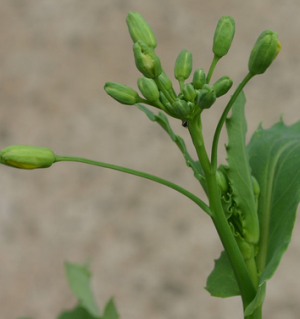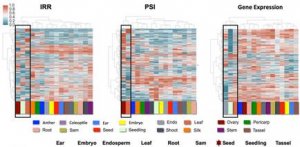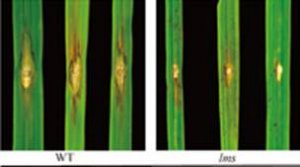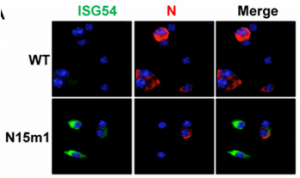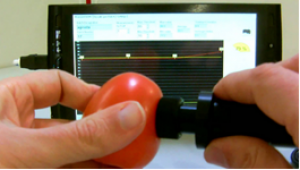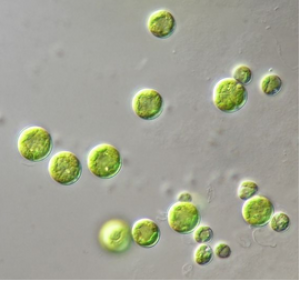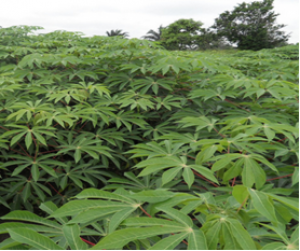DNA methylation is generally considered an epigenetic mark for transcriptional gene silencing. In this work, we generated loss-of-function mutant alleles of SlDML2.
Polyploidy is a fundamental process in plant evolution. Understanding the polyploidy-associated effects on plant reproduction is essential for polyploid breeding program.
Dentifying and characterizing alternative splicing (AS) enables our understanding of the biological role of transcript isoform diversity. This study describes the use of publicly available RNA-Seq data to identify and characterize the global diversity of AS isoforms in maize using the inbred lines B73 and Mo17.
Rice (Oryza sativa) is one of the most important food crops in the world. Rice blast, caused by the fungal pathogen Magnaporthe oryzae, is one of the most destructive rice diseases worldwide. To effectively cope with this problem, the use of rice blast resistance varieties through innovative breeding programs is the best strategy to date. The Thai rice variety Jao Hom Nin (JHN) showed broad-spectrum resistance against Thai rice blast isolates.
Macrophages are immune cells equipped with multiple double-stranded RNA (dsRNA) sensors designed to detect viral infection and amplify innate antiviral immunity. However, many coronaviruses can infect and propagate in macrophages without activating dsRNA sensors. Here we present a function of murine coronavirus nonstructural protein 15 in preventing detection of viral dsRNA by host sensors.
Methane released from the seafloor and transported to the atmosphere has the potential to amplify global warming. At an arctic site characterized by high methane flux from the seafloor, we measured methane and carbon dioxide (CO2) exchange across the sea−air interface. We found that CO2 uptake in an area of elevated methane efflux was enhanced relative to surrounding waters, such that the negative radiative forcing effect (cooling)
Pectate lyase genes have been documented as excellent candidates for improvement of fruit firmness. However, implementation of pectate lyase in regulating fruit postharvest deterioration has not been fully explored. In this report, 22 individual pectate lyase genes in tomato were identified, and one pectate lyase gene SlPL (Solyc03g111690) showed dominant expression during fruit maturation.
The growing human population generates increasing demand for food and energy. Microalgae are a promising source of sustainable bioproducts whose production may not exacerbate worsening environmental problems. The green alga Chromochloris zofingiensis has potential as a biofuel feedstock and source of high-value nutraceutical molecules, including the carotenoid astaxanthin.We present a high-quality, chromosome-level assembly of the genome by using a hybrid sequencing approach with independent validation by optical mapping.
Cold and drought stresses seriously affect cassava (Manihot esculenta) plant growth and yield. Recently, long noncoding RNAs (lncRNAs) have emerged as key regulators of diverse cellular processes in mammals and plants. To date, no systematic screening of lncRNAs under abiotic stress and their regulatory roles in cassava has been reported. In this study, we present the first reference catalog of 682 high-confidence lncRNAs based on analysis of strand-specific RNA-seq data from cassava shoot apices and young leaves under cold,
The coffee berry borer (CBB) Hypothenemus hampei is the most limiting pest of coffee production worldwide. The CBB genome has been recently sequenced; however, information regarding the presence and characteristics of transposable elements (TEs) was not provided. Using systematic searching strategies based on both de novo and homology-based approaches, we present a library of TEs from the draft genome of CBB sequenced by the Colombian Coffee Growers Federation.


 Curently online :
Curently online :
 Total visitors :
Total visitors :

